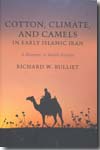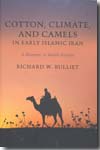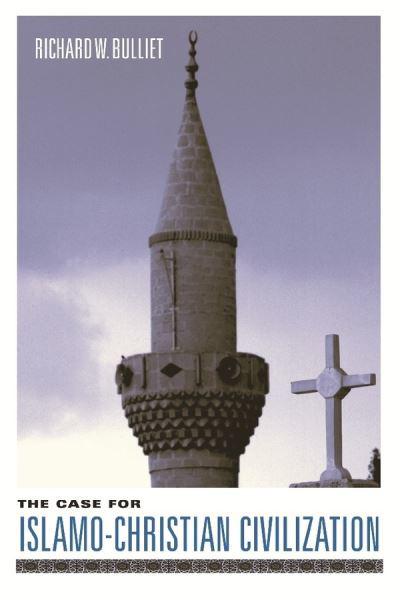Cotton, climate, and camels in Early Islamic Iran
a moment in world history
- ISBN: 9780231148368
- Editorial: Columbia University Press
- Fecha de la edición: 2009
- Lugar de la edición: New York. Estados Unidos de Norteamérica
- Encuadernación: Cartoné
- Medidas: 22 cm
- Nº Pág.: 167
- Idiomas: Inglés

A boom in the production and export of cotton made Iran the richest region of the Islamic caliphate in the ninth and tenth centuries. In the eleventh century, however, Iran's rich agricultural economy collapsed, along with its trade in textiles. Combining recent ecological data with a breakthrough analysis of primary sources, Richard W. Bulliet advances a provocative thesis to explain this puzzling historical moment. According to Bulliet, two significant events changed Iran in the eleventh century: its climate cooled significantly, which curbed the production of cotton, allowing Turkish nomads to establish a political dominance in the susceptible region that would last for centuries. Substantiating his argument with exhaustive archival and scientific research, Bulliet first establishes the factors that helped cultivate Iran's cotton industry, and then identifies the climatic trends, which he terms the "Big Chill," that rendered the environment hostile to the crop. He concludes with the arrival of the Turks, a camel-driven migration that would change not only the makeup of the villages and cities of Iran but also the divisions of power and religion in the Islamic Middle East and the world for years to come.








